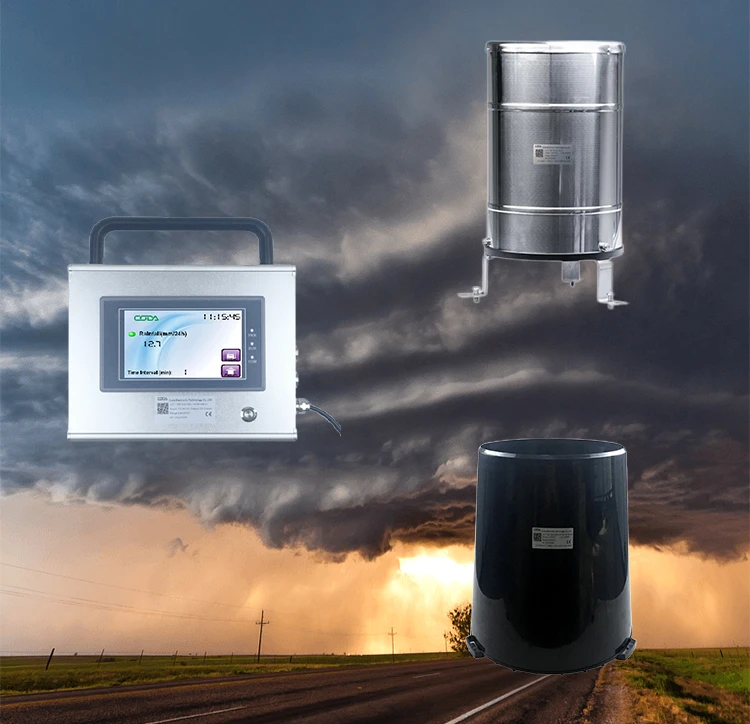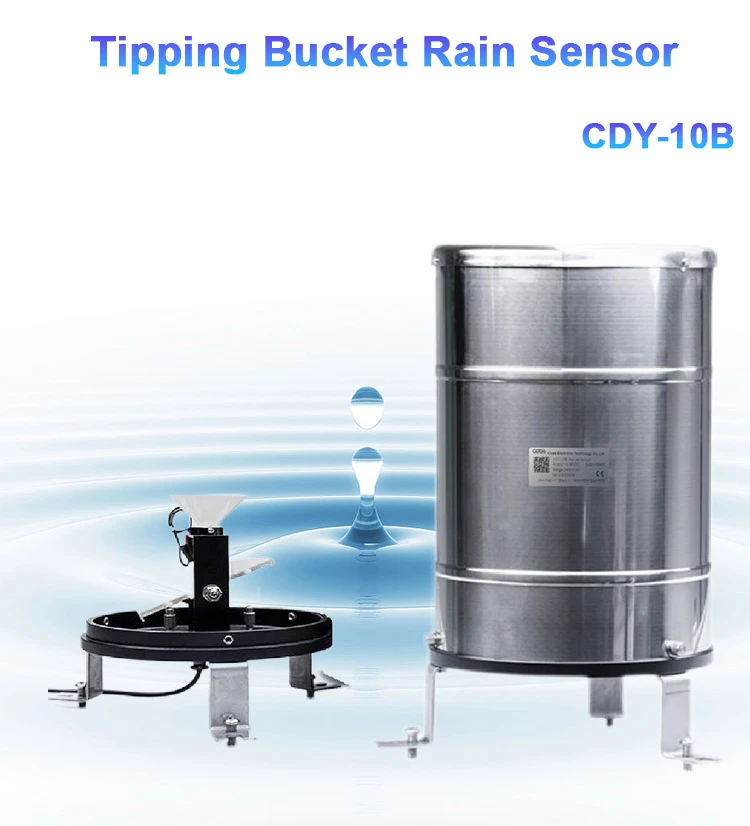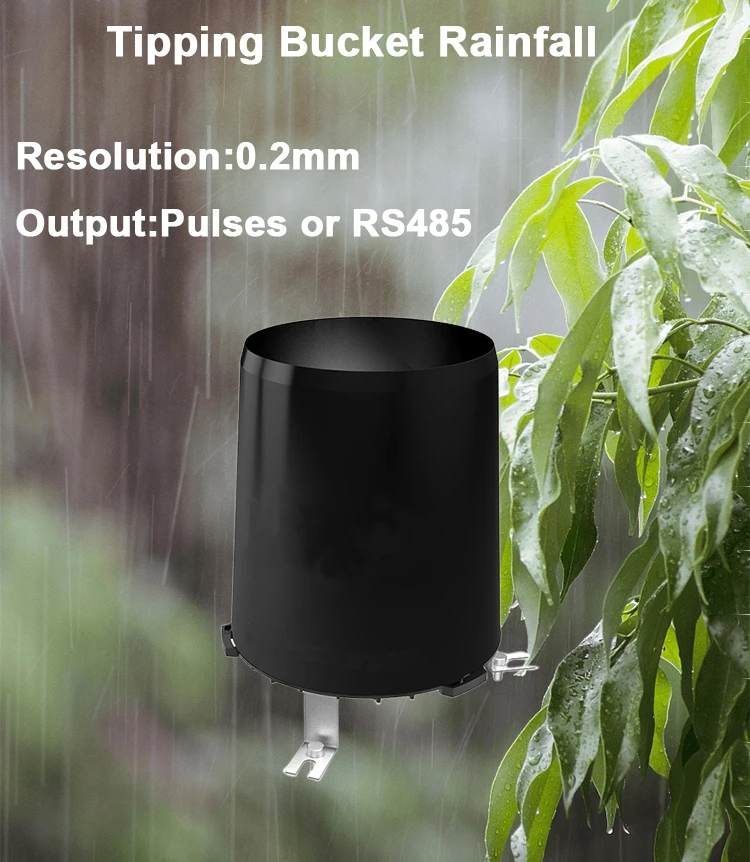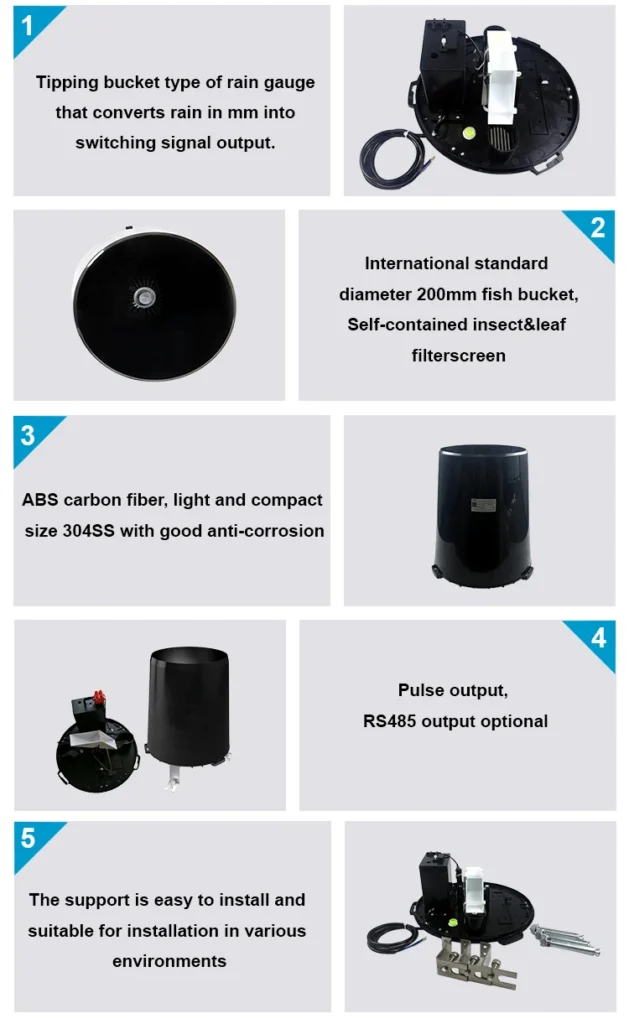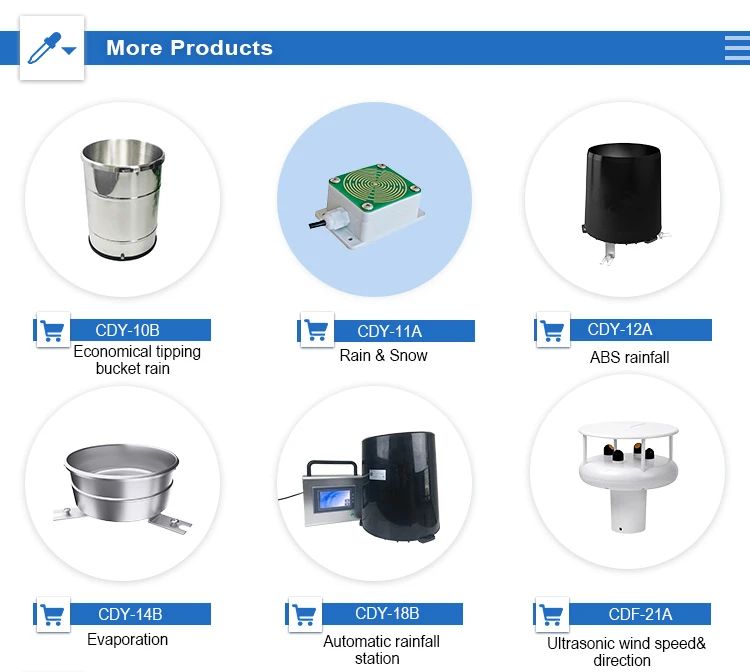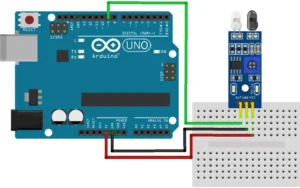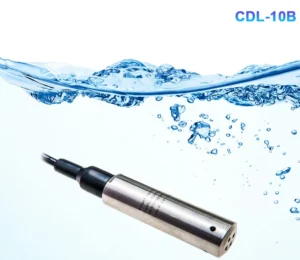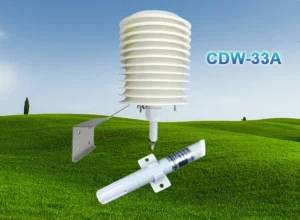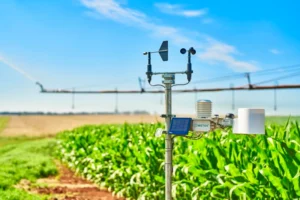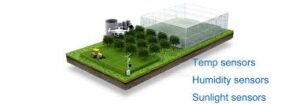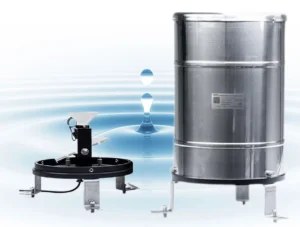How to Choose the Best Good rain gauge
Rain gauges are very important in many areas. They help with weather monitoring, farming, city planning, and environmental research.
Choosing the right rain gauge depends on a few things. This ensures accurate and reliable rainfall measurement for your needs. Here is a full guide to help you make the best choice.
Determine Your Usage Scenario
The first step in choosing the best rain gauge is to know how you will use it. Different uses need different kinds of rain gauges.
Home and Garden Use: For easy monitoring of rainfall in your backyard or garden, a simple rain gauge works well. You may want to know how much rain your plants are getting. This can help you adjust your watering schedule. In this case, a simple and cheap rain gauge with a clear scale will work well.
Professional Weather Monitoring: Meteorologists and weather stations need accurate and reliable accurate rain gauge. These gauges need to measure rainfall correctly for a long time. They should handle different weather conditions and often work with other weather monitoring tools.
Farmers use rain gauges to manage their irrigation well. They need tools that can give real-time and accurate rainfall data for big fields. Rainfall information helps farmers know when and how much water to add to their crops. This saves water and improves crop yields.
Understand Different Types of Rain Gauges
There are many kinds of rain gauges. Each type has its own pros and cons.
Standard Rain Gauges:
These are the simplest type. They often have a round container with measurement lines on the side. They are simple to install and easy to read. This makes them great for home use.
However, they might not be as accurate as better models. They also need manual accurate reading and recording.
Tipping Bucket Rain Gauges:
Tipping bucket rain gauges are more automated. They collect rainwater in a small bucket. The bucket tips when enough rain has gathered. Each time it tips, it sends an electrical signal.
You can record this signal. Then, you can use it to find the total rainfall. People often use them in weather stations and farms. They are accurate and can send data automatically.
Weighing Rain Gauges:
These gauges on the market measure the weight of the collected rainwater. As rain builds up, its weight increases. This change is measured as rainfall.
Weighing rain gauges are very accurate. They can measure even small amounts of rainfall. These applications require high precision, such as in research facilities.
Optical Rain Gauges:
Optical rain gauges use light sensors to find out if it is raining and how hard it is raining. They can give real-time data and are less affected by wind than some other types. However, they can cost more and may need more upkeep.
Consider Accuracy and Precision
Accuracy and precision are key factors when choosing a inch of rain gauge.
Accuracy:
This refers to how close the measured value is to the true value of the rainfall. “Find rain gauges that have been calibrated and tested for accuracy.” Professional – grade rain gauges usually come with accuracy specifications, often within a certain percentage of the actual rainfall amount. For example, a high – quality rain gauge might have an accuracy of ±2% for a wide range of rainfall amounts.
Precision:
Precision shows how consistent the measurements are. A good rain gauge will show the same results when measuring the same amount of rain multiple times. Some rain gauges may be very precise but not very accurate, or the other way around. It’s important to balance both parts based on your needs.
Evaluate Durability and Weather Resistance
Rain gauges face different weather conditions, so they need to be durable.
Rain gauges are made from various materials. These include plastic, metal, or a mix of both. Plastic rain gauges are light and usually cheaper.
However, they might not last as long as metal ones in bad weather. Metal rain gauges are stronger and can handle tough conditions. They work well in strong winds, heavy rain, and changing temperatures.
Sealing and Waterproofing: Make sure to seal the rain gauge correctly. This will stop water from leaking and causing wrong measurements. A good rain gauge must be watertight. This is important for places where people collect and measure rainwater.
Look at Ease of Installation and Maintenance
The ease of installation and maintenance can greatly impact your experience with the rain gauge.
Installation: Some rain gauges are easy to install. They need only basic tools and a simple setup. You can easily put a standard rain gauge in the ground or attach it to a post. Some models, especially the more complex ones, may need professional installation or extra equipment.
Maintenance: Regular upkeep is needed to keep the rain gauge working well. Think about how simple it is to clean the rain gauge. You can also replace parts if needed and do calibration. Rain gauges that have removable parts for easy cleaning and simple calibration are more user-friendly.
Check for Additional Features
Many modern rain event gauges have extra features that can improve how they work.
Data Transmission: Some rain gauges can send rainfall data wirelessly to a receiver, computer, or mobile device. This lets you monitor things from afar and access data easily. This is very helpful for professional use or for monitoring on a large scale.
Data Logging: Rain gauges with data–logging features can keep track of rainfall measurements over time. This data can be looked at later to find rainfall patterns, trends, and past information.
Integration with Other Systems
Sometimes, you might want a best rain gauge. It can be useful if it works with other weather monitoring systems. You might also want it to work with home automation systems. This allows for a better and more automated way to monitor and manage the weather.
In conclusion, picking the right rain gauge needs careful thought. Think about how you will use it. Consider the type of gauge, its accuracy, durability, and how easy it is to install and maintain.
Also, think about any extra features you might want. By considering these factors, you can choose a rain gauge that fits your needs. It will give you accurate and reliable rainfall measurements for many years.
